Seawing Project : Traction wing for commercial vessels

AIRBUS currently develops, through its subsidiary Airseas the Seawing technology, which consists of installing an auxiliary traction system (captive flying wing) on ships used for sea freight. This technique, used for AIRBUS transport and logistics, can reduce CO2 emissions by up to 20% per trip.
Main project's drivers for reducing the greenhouse gas (GHG) emissions
Energy and resource efficiency
Energy Decarbonisation
Energy efficiency improvements
Improving efficiency in non-energy resources
Emission removal
Financing low-carbon issuers or disinvestment from carbon assets
Reduction of other greenhouse gases emission
Project objectives
Reduce fuel consumption and emissions from ships used in particular for the transport and logistics of supplying AIRBUS parts and equipment, by installing an auxiliary ship traction system using a captive flying wing.
AIRBUS uses a multimodal logistics, particularly air, road and maritime, for the manufacturing of its aircraft; the emissions associated to such a transport and logistics are included in scope 3.
In order to reduce these emissions, AIRBUS has launched the Seawing project, which consists of installing an auxiliary ship traction system using a captive flying wing. This device makes it possible to significantly reduce (more than 20%) fuel consumption and therefore the associated CO2 emissions.
Technically, the wing is installed at the front of the ships. It is fully automated and is integrated into operations thanks to a mission management support system, promoting the adoption of the system by crews.
The Seawing system reduces the power demanded from the main engines and controls the position, height and speed of the wing to provide the best thrust to the vessel in a given situation.
The aeronautical expertise of AIRBUS carried within AIRSEAS, combined with the best maritime know-how, made it possible to best manage the design of such a flying wing and to meet this technical challenge.
Emission scope(s)
on which the project has a significant impact
- Emission scopes
- Description and quantification of associated GHG emissions
- Clarification on the calculation
Scope 1
Direct emissions generated by the company's activity.
Scope 2
Indirect emissions associated with the company's electricity and heat consumption.
Scope 3
Emissions induced (upstream or downstream) by the company's activities, products and/or services in its value chain.
Emission Removal
Carbon sinks creation, (BECCS, CCU/S, …)
Avoided Emissions
Emissions avoided by the activities, products and/or services in charge of the project, or by the financing of emission reduction projects.
Scope 3 – Use of a captive flying wing
- Quantification: – 8,3 ktCO2 per year
Avoided Emissions
- Quantification: The implementation of this solution could help prevent CO2 emissions from sea freight companies of around -20% per trip
The logistics of supplying AIRBUS by sea can be considered to produce the emissions of 111 ktCO2 / year (see environmental performance published in the AIRBUS annual report.
The deployment of the device on some of the ships used in the context of Airbus logistics has made it possible to reduce these emissions by around 7.5% per year at this stage, i.e. a reduction in CO2 emissions of nearly 8.3 ktCO2 ..
Should sea freight companies deploy this solution, it would result in avoided emissions for the transported goods. The calculation of these avoided emissions is in progress and will be produced shortly, but could represent ca 20% of a ship’s current emissions.
Key points
Invested amount
4,7m€
Starting date of the project
June 2016
Project localisation
Russie
Project maturity level
Prototype laboratory test (TRL 7)
Real life testing (TRL 7-8)
Pre-commercial prototype (TRL 9)
Small-scale implementation
Medium to large scale implementation
Economic profitability of the project (ROI)
Short term (0-3 years)
Middle term (4-10 years)
Long term (> 10 years)
Illustrations of the project
The reduction in fuel consumption also allows a significant reduction of other pollutants such as sulfur or nitrogen oxides but also particles.
Seawing technology on the market can be installed on any fleet of vessels.
Airseas is an AIRBUS subsidiary, dedicated to the delivery of motorized and automated wings, capable of towing commercial vessels.
Contact the company carrying the project
communication@airseas.com

